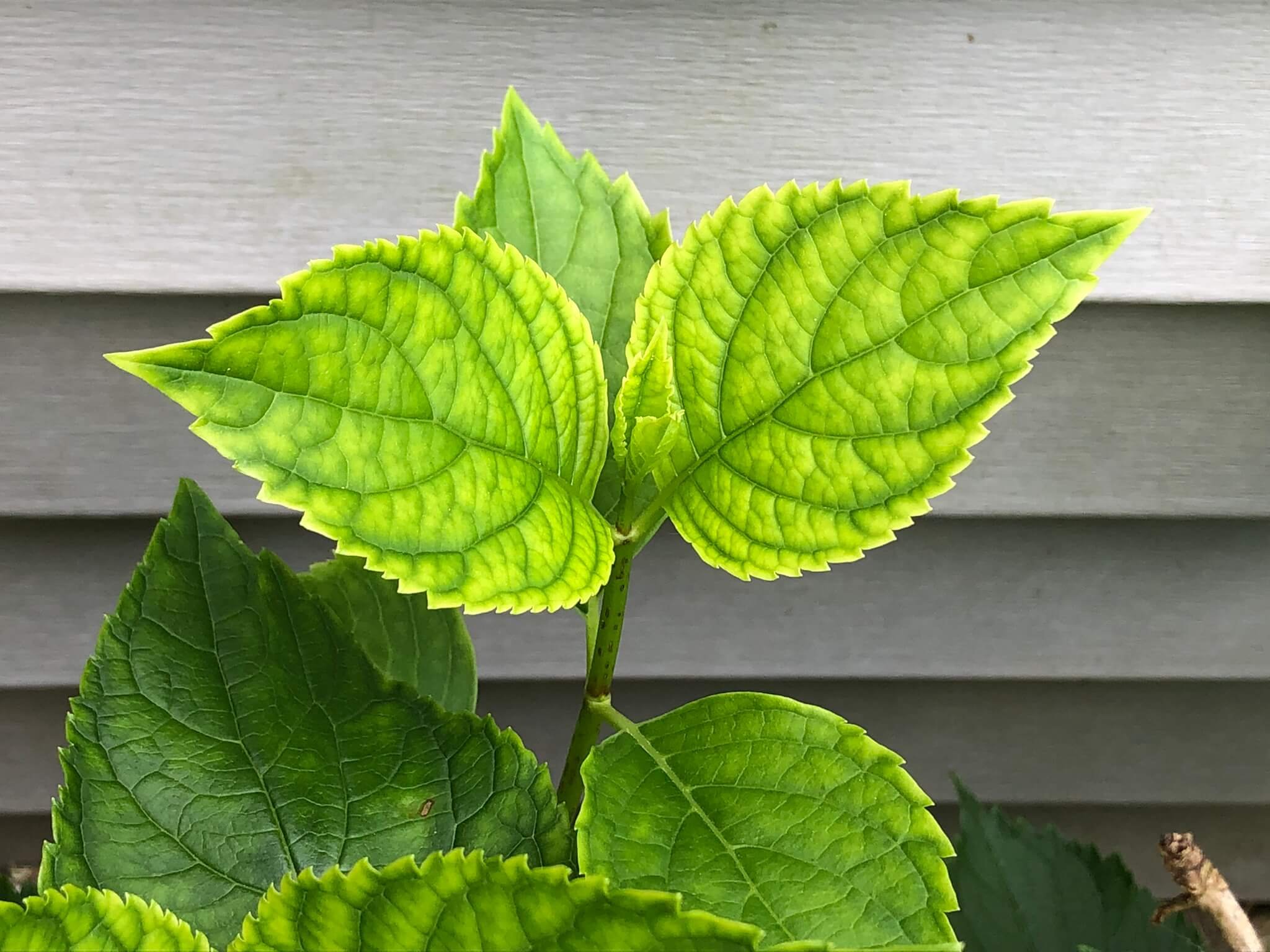How Hydrangea Leaves Turning Yellow can Save You Time, Stress, and Money.
Wiki Article
The Greatest Guide To Hydrangea Leaves Turning Yellow
Table of ContentsAll about Hydrangea Leaves Turning YellowHydrangea Leaves Turning Yellow for BeginnersUnknown Facts About Hydrangea Leaves Turning YellowHydrangea Leaves Turning Yellow Fundamentals Explained
Huge leaves commonly look sagging during the mid-day warm. When they fall short to perk up in the evening or still look wilted in the morning, your plant might be overwatered.Eliminate the plant from the soil and prune out any kind of roots that aren't white and swollen (plump). Replant in a new place or function some sand into the soil for far better drain. Underwatering likewise triggers leaves to turn yellow with brown, crunchy edges. Do not attempt to correct the problem by sprinkling exceedingly.
Add a little distilled water, stir the components, and drain pipes the additional water. Put a p, H screening strip in and wait on an analysis. Alternatively, you can utilize an affordable dampness and ph testing meter which will also be available in handy later on when you wish to inspect your plant for underwatering and overwatering.
The most effective way to do that is with dirt modifications. Sphagnum moss or peat moss avoids the dirt from compacting and betters dirt drain while also elevating the soil's level of acidity. You can spread sulfur chips in your hydrangea dirt also. Nonetheless, the easiest means is to just make use of a fertilizer that helps preserve the appropriate acidity in the dirt while also feeding the plant.
The smart Trick of Hydrangea Leaves Turning Yellow That Nobody is Talking About
This is one good factor to repot houseplants regularly (though there are others, such as root development for instance). It is also why houseplants call for a much more stringent feeding regular than a lot of outside plants. When a hydrangea houseplant lacks nutrients, its fallen leaves will be the first to show the indicators.
You will likewise need to feed the plant manually and regular periods. When springtime begins in March, it's the energetic expanding season for lots of houseplants, consisting of hydrangeas.
The dripline is the area situated under the foliage that is the outermost far from the center of the plant. So rather than using feed to straight from the source the center of the plant it is best to concentrate it mainly in the outer areas of the pot. If you prefer to use a slow-release fertilizer such as granular or spike fertilizer, then cover either type with some dirt after you put them.
Hydrangea Leaves Turning Yellow - The Facts

The hydrangea is remarkably frost-resistant, as soon as temperature levels start obtaining into the 20s, the plant is in significant danger. If the temperatures are in the reduced 10s, that danger is a lot more serious still. Undoubtedly this is more of a worry about outside plants so if you keep potted hydrangea outside you must bring them inside your home in very winter conditions and even think about relocating click over here now them inside for the period of the winter months.

A dehydrated hydrangea, A large issue with many houseplants is origin rot. Root rot occurs when you overwater a plant and because it is such a typical trouble (especially with succulents) lots of houseplant owners are afraid of overwatering their plants. Hydrangeas need more watering that a lot of other typical houseplants and can come to be dried out when they are underwatered.
Hydrangea Leaves Turning Yellow - The Facts
Be absolutely certain that your hydrangea is dried out due to a lack of water and not due to it be given too much water (much more on this later). Overwatering is a significant issue if you skimp on its water requirements also a little bit, your hydrangea will be quick to reveal it.The finest way to determine if your hydrangea is undersea is to inspect the wetness levels in the soil. By utilizing a reliable yet inexpensive moisture and p, H tester, or by sticking your finger right into the dirt, you will swiftly inform if the plant needs water. To get your hydrangea sprinkling behaviors on the ideal track, you need to be conscious regarding the dampness degrees in its soil.
When you remove your finger from damp soil it will have percentages of dirt residue stayed with it. Dry soil will suggest your finger comes out clean or with completely dry dirt that is quickly surprised. If it's wet, and the plant has yellow fallen leaves after that the plant has actually likely been overwatered and you will certainly require to follow the suggestions given up the area listed below.
Report this wiki page